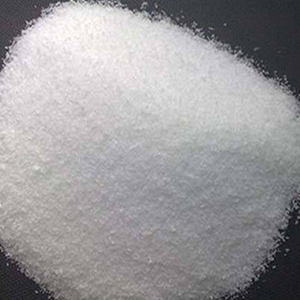
Synonyms: Aluminium Sulphate
CAS Number Aluminum sulfate anhydrous [10043-01-3],
EINECS EC Number: 233-135-0, HS Code 283322**,
Molecular Weight: 342.14,
Chemical Formula: Al2(SO4)3,
FEMA: ----
Aluminium sulfate is a chemical compound with the formula Al2(SO4)3. It is soluble in water and is mainly used as a coagulating agent (promoting particle collision by neutralizing charge) in the purification of drinking water and waste water treatment plants, and also in paper manufacturing.
Aluminium sulfate is sometimes referred to as a type of alum.
We offer IP BP USP FCC Food ACS Analytical reagent grade of Aluminium sulfate.
GHS, Globally Harmonized System Classification in accordance with 29 CFR 1910
Classification according to Regulation (EC) No 1272/2008:
Skin corrosion/irritation Category 1A, B, C
Specific target organ toxicity – repeated exposure, Oral Category 2
Hazardous to the aquatic environment, acute hazard Category 3
Labeling according to GHS & Regulation (EC) No 1272/2008
Signal Words: Danger
Hazard statements:Classification according to EU Directives 67/548/EEC or 1999/45/EC:
Xn Harmful, N Dangerous for the environment.
R34 Causes Burns
R48 Danger of serious damage to health by prolonged exposure
R52 Harmful to aquatic organisms
For the full text of the S-statement & R-phrases mentioned in this Section, see Section 16.
Inhalation:
If inhaled, remove to fresh air. If not breathing, give artificial respiration. If breathing is difficult, give oxygen. Get medical attention.Fire:
Aluminium Sulphate is not considered to be a fire hazard.Small Spill:
Use appropriate tools to put the spilled solid in a convenient waste disposal container. Finish cleaning by spreading water on the contaminated surface and dispose of according to authority requirements.Keep Aluminum Sulfate in a tightly closed container, stored in a cool, dry, ventilated area. Protect against physical damage. Isolate from incompatible substances. Aluminum sulfate absorbs moisture and becomes a safety hazard when spilled because it absorbs moisture and becomes slippery. Containers of may be hazardous when empty since they retain product residues (dust, solids); observe all warnings and precautions listed for the product.
Airborne Exposure Limits:
Appearance:
Aluminium Sulphate is colorless crystals.Whatever cannot be saved for recovery or recycling should be managed in an appropriate and approved waste disposal facility. Processing, use or contamination of this product may change the waste management options. State and local disposal regulations may differ from federal disposal regulations. Dispose of container and unused contents in accordance with federal, state and local requirements.
DOT ADR/RID:
Not regulated.